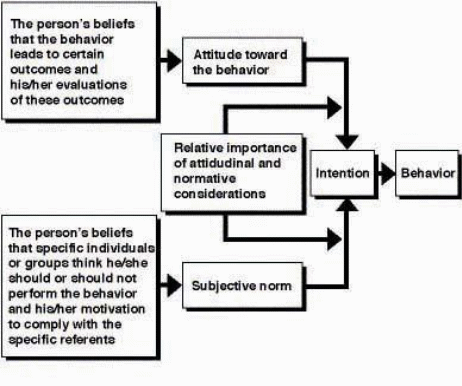Brief Description
Human papillomavirus (HPV) infection signifies the commonest sexually transmitted infection across the globe. Its transmission could arise even when the infected person does not have any indications or symptoms. It exists in numerous varieties, and some have the capacity to result in medical concerns that include genital warts and cancers. In most occurrences, HPV ebbs off devoid of any treatment or effects though it has severe negative impacts if the infection persists (Gottlieb et al., 2014). The setting that will be employed in the research project is health facilities. Patients, particularly adolescents and young adults, will be educated concerning HPV before being vaccinated.
Clinical Question
What is the influence of education and vaccination on the rate of HPV infection for adolescents and young adult patients that visit health facilities?
Intervention to Test
The project will seek to test the impact of increased awareness and immunization to adolescents and young adults on the rate of HPV infection. Enhanced awareness and immunization will be expected to lower the rate of HPV infection among adolescents and young adults because many will, as a result, set out effective conducts to prevent and tackle the problem (Gottlieb et al., 2014).
Type of Study
A quasi-experimental study will be performed for the project. The quasi-experimental study will be useful in the project as it assists in the estimation of the causal effect of an intervention on the population of interest. The outcome of the test on the target population in the study will be influenced by circumstances out of the control of the researcher since the experimenter cannot monitor the behavior of the participants after education or even vaccination (Liddon, Leichliter, & Markowitz, 2012).
The Clinical Question
The clinical question, ‘what is the influence of education and vaccination on the rate of HPV infection for adolescents and young adult patients that visit health facilities?, directly indicates the type of study that will be conducted. The clinical question reveals that the study to be conducted is the quasi-experimental through its affirmation of the intervention (education and vaccination against HPV infection) that will be tested and the target population (adolescents and young adults).
Description of the Type of Study
Something compelling concerning a quasi-experimental study is that, for a group, it is easier to conduct when judged against its randomized counterparts. A researcher conducts a quasi-experimental study to establish whether a given variable results in a certain action thus determining the cause and effect. In this regard, carrying out the study on the participants will offer generalizable outcomes concerning the population (Delbanco et al., 2012). Moreover, the study will result in research that could be followed up in diverse settings.
Theoretical Framework
For conducts that are within the control of an individual, the real manner is envisaged by behavioral intentions. Such intentions are established by a couple of aspects: the approach toward the conduct and convictions concerning the reinforcement of the behavior by others. Through the emphasis of approaches and standards, the theory of reasoned action offers a framework to establish and measure the intentions of the adolescents and young adults engaging in premarital sex, choosing to abstain, or using protection (condom) after education and vaccination to prevent HPV infection. When adolescents and young adults comprehend the approaches and behaviors that influence HPV infection, they will have the ability to embark on effective measures that will influence their intentions toward the desired course, prevention of HPV infection.

References
Delbanco, T., Walker, J., Bell, S. K., Darer, J. D., Elmore, J. G., Farag, N., & Ross, S. E. (2012). Inviting patients to read their doctors’ notes: A quasi-experimental study and a look ahead. Annals of internal medicine, 157(7), 461-470.
Gottlieb, S. L., Low, N., Newman, L. M., Bolan, G., Kamb, M., & Broutet, N. (2014). Toward global prevention of sexually transmitted infections (STIs): The need for STI vaccines. Vaccine, 32(14), 1527-1535.
Liddon, N. C., Leichliter, J. S., & Markowitz, L. E. (2012). Human papillomavirus vaccine and sexual behavior among adolescent and young women. American journal of preventive medicine, 42(1), 44-52.
Yen-Tsang, C., Csillag, J. M., & Siegler, J. (2012). Theory of reasoned action for continuous improvement capabilities: A behavioral approach. Revista de Administração de Empresas, 52(5), 546-564.
